The evolution of glasses in fashion

Looking back at the 18th and 19th centuries, the stylistic designs of glasses were somewhat similar to those available in the modern day. However, given that fashion trends have moved on significantly in that time, spectacles have established themselves as a must-have fashion accessory, as opposed to a health aid. So, let’s take a look at the evolution of glasses within the fashion industry since the 1800s.
Becoming a fashion statement
According to a report by the College of Optometrists, 18th century glasses were characterised by their circular frames, wide bridges and straight temples. The article reports that the invention of temples came about during the 1730s, which revolutionised the sector. The circular shape has sustained its popularity, despite first coming to fruition just under 300 years ago. During the 1960s, John Lennon became a central figure in the round glasses resurgence. Since then, the retro-inspired look has been at the forefront of contemporary glasses designs, having cemented its status as a timeless fashion statement.
Interestingly, the long-standing popularity of circular spectacles brought more attention to the myriad other stylistic possibilities. Because of this, the 21st century has catalysed the forgetting of stereotypical perceptions about glasses. According to Flux Magazine, the rising popularity of glasses as statements relates to the heightened accessibility and consumer-friendly prices that surround the accessories today. Given that on-trend spectacles can be bought at numerous high-street retailers, it’s never been easier for people to embrace the glasses trend.
Of course, the increasing number of celebrities opting to enhance their outfit with frames has had its own impact. Given that the likes of Brad Pitt, Demi Lovato, and Jennifer Aniston have all been pictured wearing glasses in recent years, it’s unsurprising that the stars have inspired more people to experiment with the trend.
Combining substance with style
Following the market’s new-found popularity, designers have sought to branch out by combining the health-orientated product with new, revolutionary concepts. An article by the Standard highlights the rise of geometric-shaped frames in the late 2010s and early 2020s. The forward-thinking style took inspiration from oversized designs of the past, while also seeking to add a contemporary spin. There’s also been a step towards sustainability with Cubbits, who are seeking to create a circular economy: making frames from waste materials, such as plastic packaging, sheep’s wool and more.
The invention of contact lenses in the 1880s shouldn’t be overlooked. In many ways, the less-is-more approach has augmented the popularity of smaller frames, with some consumers seeking a more discreet look. Not only that, but the health benefits of contacts have also helped grow the eyewear sector. For example, the Acuvue Oasys for Astigmatism at GlassesUSA are the first of their kind, and offer a minimalist look; the UV-blocking lenses are kept in a buffered saline solution that seeks to reduce the blurred and distorted visual effects of the condition.
What will the next popular trend be?
The evolution of glasses is an intriguing one, particularly in relation to the fashion sector. Despite initial designs dating back to the 1700s, the core ideas of the earliest pairs of templed spectacles formed the basis of the eyewear industry, which is forecast to be worth £258.63 billion in 2027 (per Statista). The fast-moving nature of the market makes it difficult to predict the next trends, but it’s apparent that the sector will go from strength to strength in the next decade.
The editorial unit

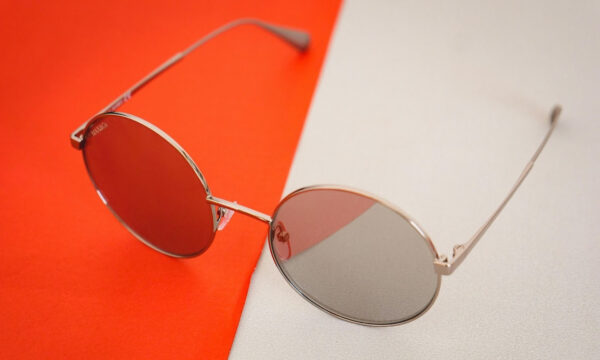
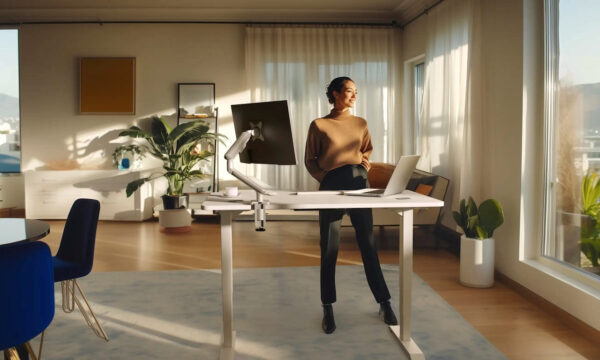
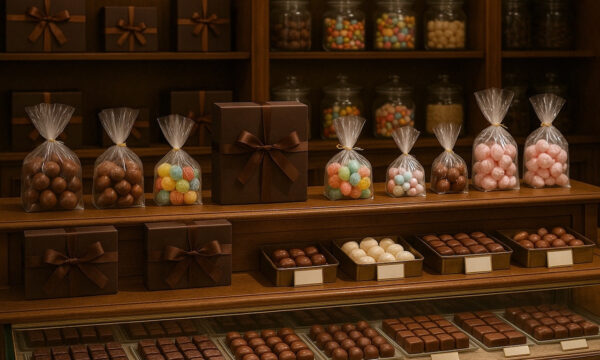
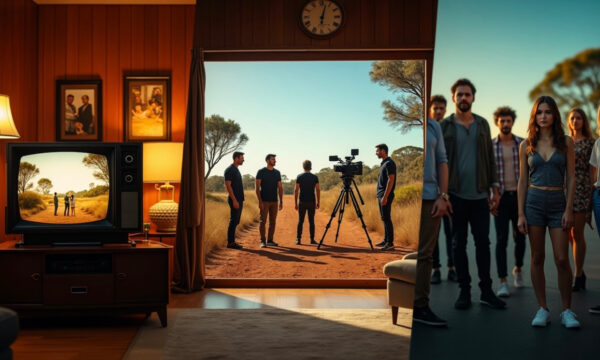
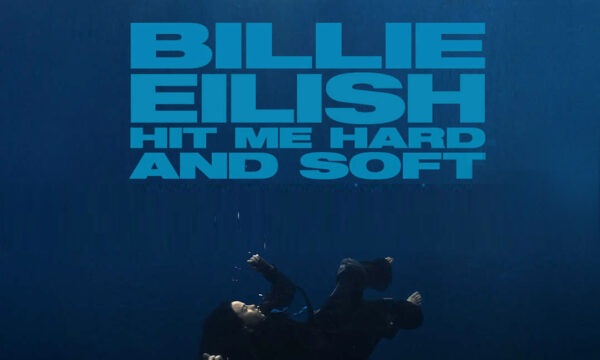


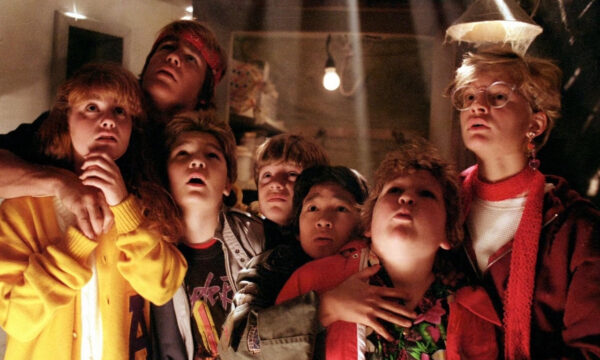















Facebook
Twitter
Instagram
YouTube
RSS